Sephora the cosmetic brand is using AR technology to allow its clients to virtually try make-ups on their own faces.
 The amazing world of the internet has transformed our lives. Gone are the days when setting-up businesses involved a long check-list and physical existence of a store. Nowadays, all you need is an idea, an online-based store and the skill to market your brand successfully.
The amazing world of the internet has transformed our lives. Gone are the days when setting-up businesses involved a long check-list and physical existence of a store. Nowadays, all you need is an idea, an online-based store and the skill to market your brand successfully.
When we say successful marketing, it literally means to stand out from the crowd. Your strategic business decisions need to be able to compete in the ever-growing challenging environment the online world is shaping up to be.
The strategy here is to capture the audience’s attention, help them find what they are looking for and even try to go as far as selling them something they might not even need. It is essential to grapple the audience with amazing experiences and to ensure that they coming back for more and even recommend you to others.
3 Tips To Make Big Difference to E-commerce Website
Great changes go a long way in making your brand successful! Whereas physical brick and mortar stores require huge investments to change, online stores require a much different sort of investment; the investment in great strategies and ideas.
Here are some of the changes you can make to shift your brand from good to awesome:
1. Start with Basics
Some businesses struggle with conversions. You might be seeing good amount of traffic on your website, but fail to convert those into sales. To tackle this, one needs to go back to the drawing board and sort the reasons out as to why this might be the case. This improvement doesn’t require long processes but does make a significant impact on your overall business goals.
Some of the avenues you might have to pay special attention to in this regard include:
The Need to Enhance Products
Content is everything! Customers these days have a number of choices, therefore its key to keep them interested. If not, they will switch and this gives way for competition to take advantage. The action plan is:
- Review the best and poorest performing product pages. Make relevant changes and ensure its seamless.
- Adopt a detail-oriented approach with descriptions showing product features along with the benefits it offers. Put yourself in the customer’s shoes.
- Visually appealing content is the way to go!
- Understand, learn and change your strategy to outperform your competition.
Make your Online Platform Mobile-Friendly
More and more users are using mobile devices as their daily driver. This has given rise to customers moving away from traditional websites and doing even the most complicated of tasks on their mobile phones. With the rise of more users, it is thus imperative that e-commerce websites offer similar shopping and browsing experiences on the smaller screen devices. It is safe to say that we are moving away from e-commerce and entering the world of M-commerce.
With this rise in m-commerce, many websites seem to fall short on this and are unable to provide similar experiences that customers expect. Resulting in customers abandoning shopping carts. It is also natural that if customers feel that the site is less secure or has barriers to its UX, say like unable to view content or tabs on checkout, customers are less likely to return.
User experiences (UX) are based on several factors, few of which are discussed. These help experiences to become easy and appealing to use. When these are missing, they probably will leave negative effects on your overall brand.
- Vague content should be avoided. The clarity in the message is key.
- Content should be consistent and integrated all across the website.
- Loading-speed should be less, otherwise, people might abandon your platform.
- Navigation should be easy and clear. Clutter should be minimized.
- Ensure that your platform might not be missing cross-platform and/or cross-browser compatibility and experience should be similar over all interfaces.
- Incorporate single-click ordering on your platform.
- Keep testing your website on mobile to rectify any loose ends.
2. Adopt an Omni-channel Strategy
Once your website is live, it is not necessary that your work is done! There is much more to it than we can imagine. It’s a constant process, which needs continuous improvement to engage customers all across the board. It is important that when marketing your brand, the strategy of keeping a 360-degree approach should be adopted. This means that everything you put out for your customers should deliver a single message, be it via social media, ads, outdoor marketing, or be in-store.
Another definitive strategy to adopt is engaging your customers with an omnichannel approach. This enhances customer experience, where they can be in-tuned with technology to get an experience like none other. Many brands have adopted strategies like Augmented Reality and the use of touch screens in their stores and through their mobile/website platform so that customers can experience their products first-hand before they make the buying decision. This helps them to gain product satisfaction and avoids product returns or unhappy clients.
Have a clear direction when segmenting your target market and develop plans to collect information regarding current and potential customers so as to target them accordingly. Be active in promoting your products so that your brand always stays on top of their mind when purchasing items.
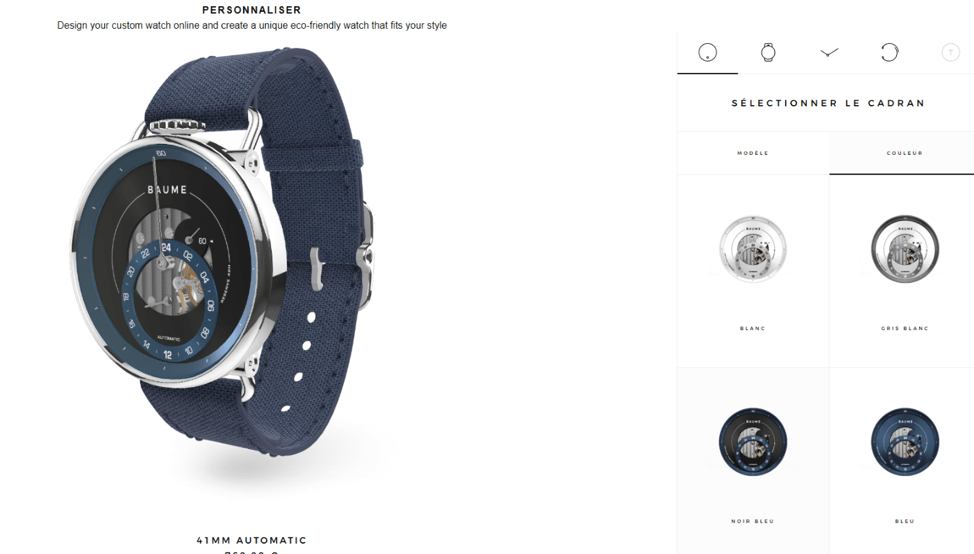 Baume, a Swiss company that sells high-end watches to clients, implemented a 3d product configurator with the help of AR solutions. Clients were able to choose and combine various options, be it different models, materials, colors, sizes and even customizable engraving for watches. This helped them to check the product before they actually went ahead with the buying decision.
Baume, a Swiss company that sells high-end watches to clients, implemented a 3d product configurator with the help of AR solutions. Clients were able to choose and combine various options, be it different models, materials, colors, sizes and even customizable engraving for watches. This helped them to check the product before they actually went ahead with the buying decision.
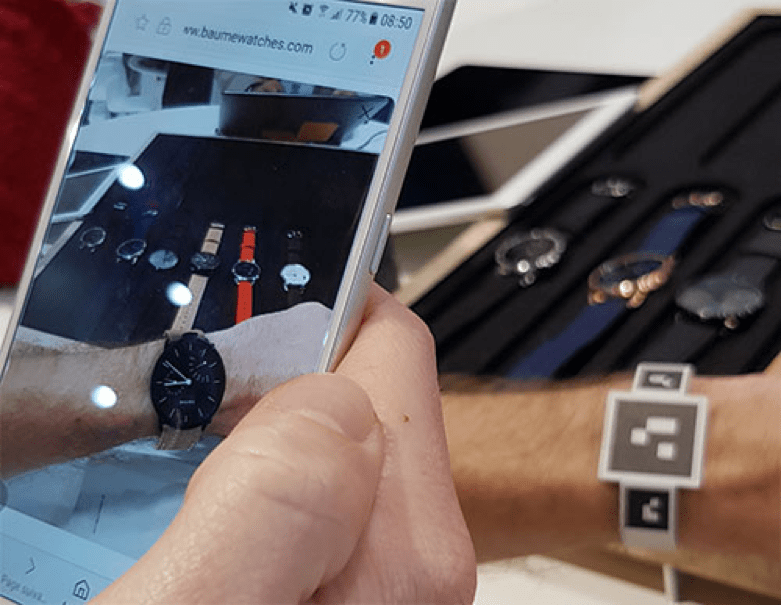 Another innovative idea, which they used, was the integration of an omnichannel experience through the use of AR and VR equipment. This allowed customers to interact with and view their personalized products on their own wrists, both in their physical stores, as well as online. This was possible via a printable paper wristband. After this, the customer was able to decide whether further changes need to be made to the actual design or to go ahead with the purchase.
Another innovative idea, which they used, was the integration of an omnichannel experience through the use of AR and VR equipment. This allowed customers to interact with and view their personalized products on their own wrists, both in their physical stores, as well as online. This was possible via a printable paper wristband. After this, the customer was able to decide whether further changes need to be made to the actual design or to go ahead with the purchase.
3. Embrace Augmented Reality to Improve Customer Engagement
For customers, one of the most important factors of why they choose brick and mortar over online purchases is the fact that they are not able to experience the product first-hand. Keeping this fact in mind, the emergence of Augmented Reality (AR) and 3D technology, has bridged this gap and has provided customers to experience products in real-time before buying products.
AR and 3D technology showcases images and displays them in front of them as though it is physically in front of them, allowing them to see how it looks on them or how its products adapt in their environment, such as Ikea using similar AR technology to allows customers to check how a piece of furniture will look like in real-time before purchasing it.
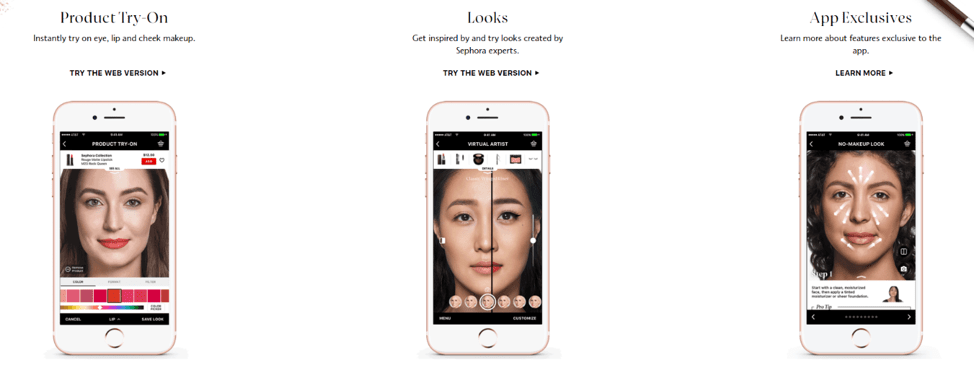 Many companies in the luxury industry are opting for Augmented Reality in order to increase the connectivity with consumers and gain a competitive advantage in the market, big names including L’Oréal, Baume, Sephora, Adidas, Nike, and Snap.
Many companies in the luxury industry are opting for Augmented Reality in order to increase the connectivity with consumers and gain a competitive advantage in the market, big names including L’Oréal, Baume, Sephora, Adidas, Nike, and Snap.
This technology will prove to be essential for products with high value, as customers can be sure of what they are getting matches to their expectations. Though this technology is expensive, it makes products that much more appealing and customer-centric.
About The Author:
Yahong Zhang is a cat lover, an enthusiastic traveler and head of marketing at Hapticmedia, a provider of 3D configurators that have doubled clients’ e-commerce conversion rates. She also writes for Cwordsworthblog about SEO and inbound marketing for startups.


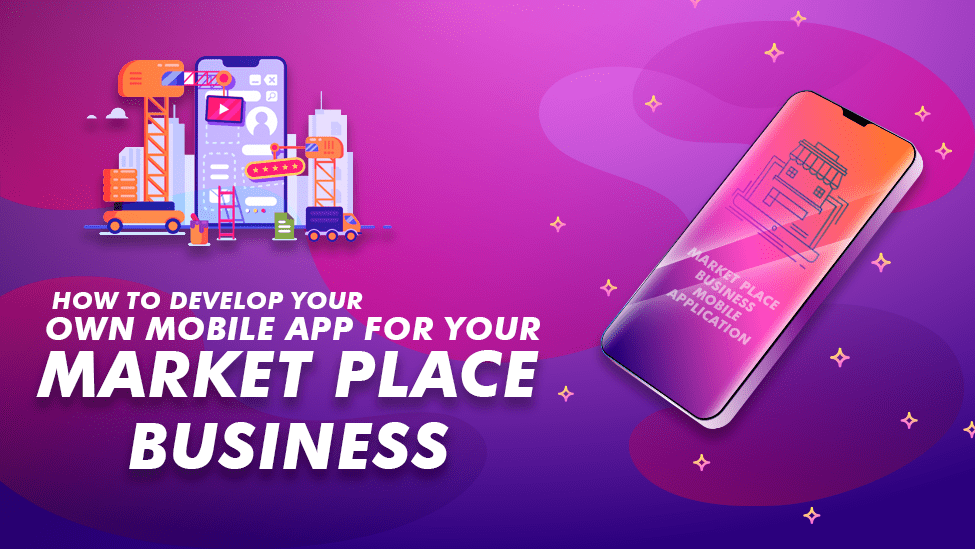

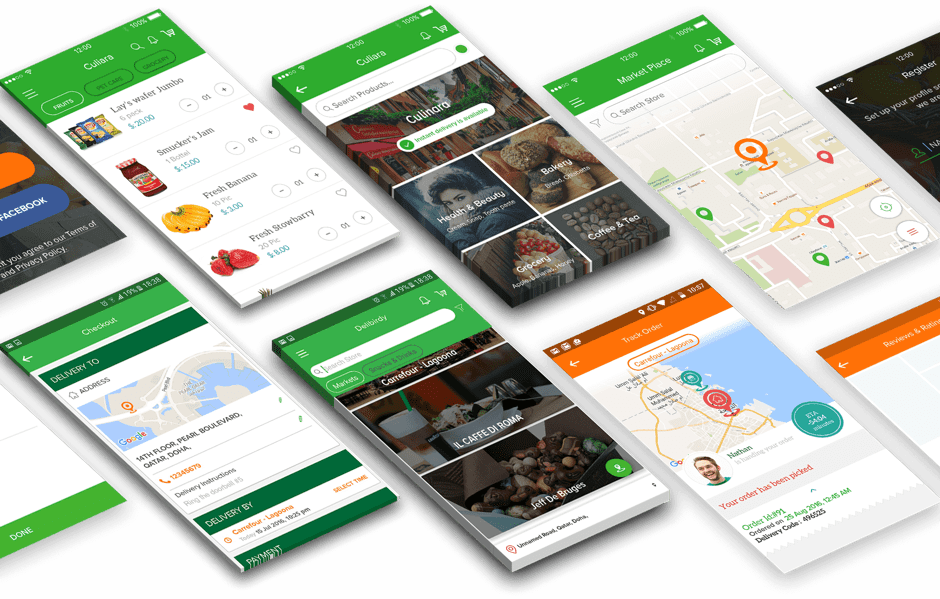
Leave a Reply